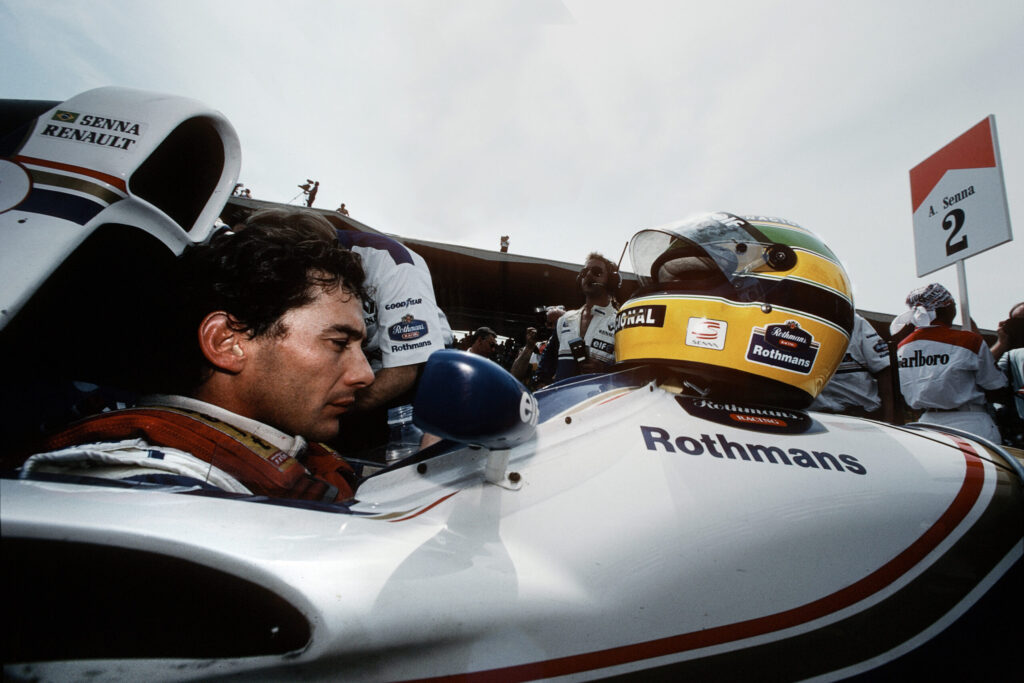The tragedy dates back over three decades, but the images are eternally etched in memory. Forever imprinted on the retina. On Sunday, May 1, 1994, Formula 1 was robbed of its most precious jewel. Ayrton Senna met his untimely death at the infamous Tamburello. There, in Imola, the soul was brutally ripped from the sport that afternoon. Requiem of a legend.
Ayrton Senna probably chuckled quietly from the afterlife. A stone’s throw from the spot where, 31 years ago, all the Brazilian’s dreams literally shattered, Max Verstappen recently performed a masterstroke that Senna would have been proud of.
‘Anyone who doesn’t go for the smallest gap is not a racing driver,’ was a seasoned quote from the three-time Formula 1 world champion. It was precisely that gap that Verstappen exploited shortly after the start against Oscar Piastri on his way to a glorious victory. Notably, it was Verstappen, who as early as 2016, after his famous rain race at the Interlagos circuit, was referred to as the ‘reincarnation of Senna’.
Place of Pilgrimage
In a secluded corner of Parque Acqua Minerale, the rustic park inside the Imola circuit bordering Tamburello, stands a beautiful, understated bronze statue of Ayrton Senna. Even three decades later, this place remains a pilgrimage site for Formula 1 fans. Senna looks down humbly, lost in thought.
When he looks up, he can see, across the track, the concrete wall that proved fatal. But he doesn’t look up – never again – he keeps his legs crossed, gazes into the distance, prompting the visitor to ponder.
Roland Ratzenberger
Senna also doesn’t look to the left, because there – a few hundred meters away – begins the most dramatic Grand Prix weekend in history on April 30, 1994. Roland Ratzenberger, an unknown Austrian Formula 1 debutant, loses a piece of his Simtek’s front wing in the Villeneuve bend, a full-throttle passage. Ratzenberger instantly becomes a passenger of an unguided missile and crashes into a wall at three hundred kilometers per hour.


